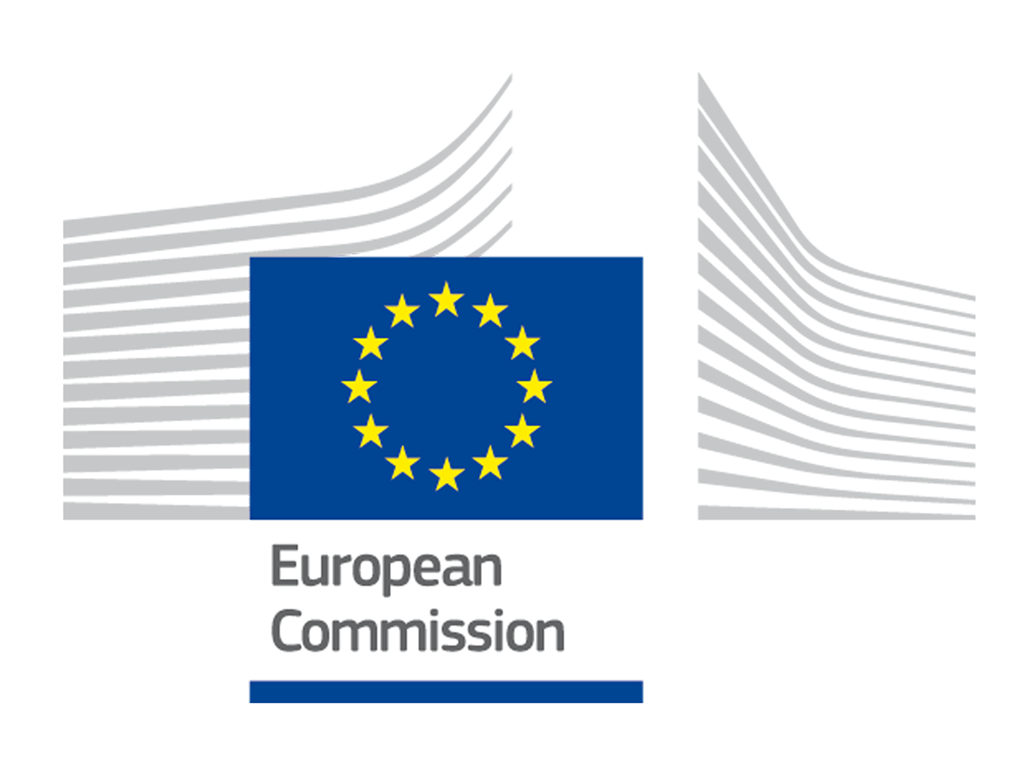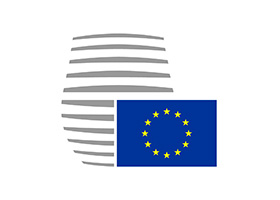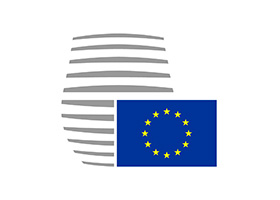Youth Policymaking in the European Union
How does it work?
by Council of the European Union
The standard legislative procedure of the European Union (EU) is called an Ordinary Legislative Procedure. It starts with a legislative proposal submitted by the European Commission (EC) to the European Parliament (EP) and the Council of the EU. Both the EP and the Council have to agree on a proposal or amended drafts, for it to be adopted. A proposal can be amended up to two times before special negotiations begin. This negotiation stage is called Conciliation and a Committee composed of representatives of the EP, the Council and the EC discusses the proposal for a maximum of six weeks. Eventually, a vote to approve or reject the proposal will take place. The power of legislation of the EU is limited to areas of competence defined by Articles 2-6 TFEU. The topic of youth is part of the coordinating competences of the EU, meaning that only Member States can draft and implement youth legislation while the EC and the Council of the EU act as consultative bodies.
Which ones of the following institutions created a partnership with a focus on youth in 1998?
Institutions
Who are the actors involved and what role do they play? Click on an institution to learn more.

European Commission

Council of the European Union

Joint Council on Youth
Which institution is responsible for amending and approving EU legislation alongside the European Parliament?
Policy Plans
Follow the path some policies took from draft to reality. Where did youth contribute?